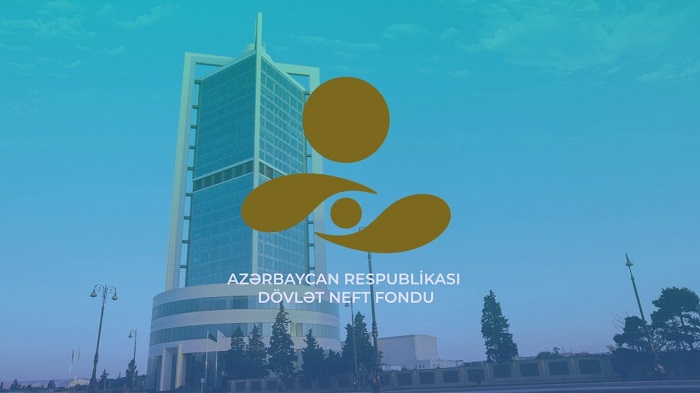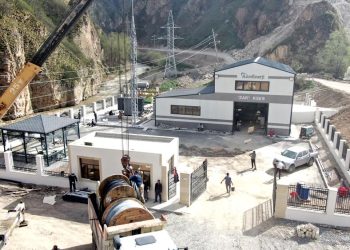 Chevron Corp., the first super-major oil producer to report fourth-quarter results, posted its first loss since 2002 on Friday and said it’s bracing for a review of its credit rating. A glut of crude from the Persian Gulf and North American shale fields has collapsed prices, forcing the company to write down the value of its fields. Chevron’s results may presage a wave of writedowns next week as the other super-majors begin disclosing fourth-quarter results. Exxon Mobil Corp. and BP Plc report Feb. 2.
Chevron Corp., the first super-major oil producer to report fourth-quarter results, posted its first loss since 2002 on Friday and said it’s bracing for a review of its credit rating. A glut of crude from the Persian Gulf and North American shale fields has collapsed prices, forcing the company to write down the value of its fields. Chevron’s results may presage a wave of writedowns next week as the other super-majors begin disclosing fourth-quarter results. Exxon Mobil Corp. and BP Plc report Feb. 2.
Chevron followed smaller rivals including Hess Corp. and Murphy Oil Corp. in registering deep losses this week as the Organization of Petroleum Exporting Countries’ effort to squeeze higher-cost shale explorers out of the market enters its 21st month. Despite the red ink, Chevron still plans to shell out $2 billion in dividends to shareholders in about six weeks to fulfill a promise to protect payouts at all costs.
Surprise Loss
Chevron probably will cut spending on new projects for a fourth consecutive year in 2017 to as little as half the $41.9 billion it spent in 2013, the company said in a slide presentation published on its website. A decision on an expansion of the sprawling Tenghiz oil field in Kazahkstan is on hold, as is development of Chevron’s Buckskin and Moccasin discoveries in the U.S. Gulf of Mexico, Chief Executive Officer John Watsonsaid during a conference call with analysts on Friday.
The company expects that its debt profile will be reviewed by credit-rating agencies in coming months as scrutiny of the entire industry intensifies amid the worst oil-price crash in a generation, Chief Financial Officer Patricia Yarrington said during the call.
 Chevron’s fourth-quarter net loss was $588 million, or 31 cents a share, compared with profit of $3.5 billion, or $1.85, a year earlier, the San Ramon, California-based company said in a statement. The per-share result was worse than any of the 22 analysts in a Bloomberg survey whose estimates ranged from gains of 29 cents to 63 cents.
Chevron’s fourth-quarter net loss was $588 million, or 31 cents a share, compared with profit of $3.5 billion, or $1.85, a year earlier, the San Ramon, California-based company said in a statement. The per-share result was worse than any of the 22 analysts in a Bloomberg survey whose estimates ranged from gains of 29 cents to 63 cents.
Following Exxon and BP next week, Royal Dutch Shell Plc reports earnings on Feb. 4, and Total SA is scheduled to post results on Feb. 11. Shell already warned investors on Jan. 20 that fourth-quarter profit probably fell at least 42 percent from a year earlier.
Chevron’s earnings were hurt by $1.1 billion in charges as the plunge in energy prices slashed the long-term earning power of its portfolio of oil and gas holdings, according to the statement. The impact of tumbling prices more than wiped out any upside from the 3.5 percent increase in output from Chevron’s wells during the quarter. The company’s geologists discovered enough new crude and gas to replace 107 percent of what it produced during 2015.
Shares rose 55 cents to $86.47 at the close in in New York.
“We’re taking significant action to improve earnings and cash flow in this low price environment,” Watson said in the statement.
Chevron’s U.S. oil and gas business posted a $1.95 billion loss for the period as falling crude prices that lessened the future value of its fields added to the pain from rising exploration expenses.
Spending Cuts
Chevron, the largest U.S. oil producer after Exxon, has slashed headcount, canceled drilling projects and frozen dividend payouts to slow the exodus of cash as the collapse in world energy markets saw prices spiral downward.
Spending on drilling rigs, steel pipe, floating platforms and other equipment dropped 16 percent in 2015 to about $34 billion, according to the statement. Last month, the company said it plans to spend about $26.6 billion on such developments this year, which would be a 22 percent cut from 2015.
Watson is betting population growth and rising standards of living in the globe’s most-populous regions will boost demand for diesel, kerosene, liquefied natural gas and other petroleum-based fuels for decades to come.
The current glut-driven slump in prices is a temporary phenomenon that will be eclipsed by long-term demand growth, Watson has said repeatedly since the global benchmark Brent crude began its precipitous fall from a June 2014 high of $115. Chevron’s output worldwide is about 66 percent crude; the rest is natural gas and gas byproducts.
Chevron said Wednesday it will pay out a $1.07-a-share dividend on March 10. The payout hasn’t been raised since April 2014. Chevron intends to continue dividend payments “whatever the ensuing price is” for crude, Yarrington said during a July 31 conference call with analysts and investors. The company reiterated on Friday that the dividend remains its top priority.
Bloomberg











